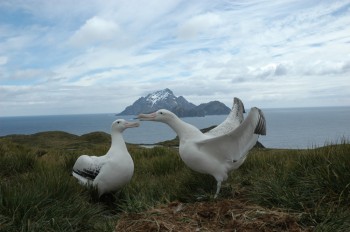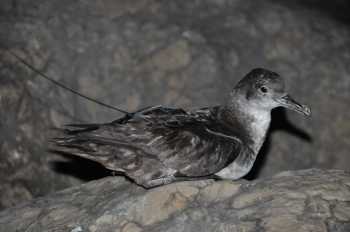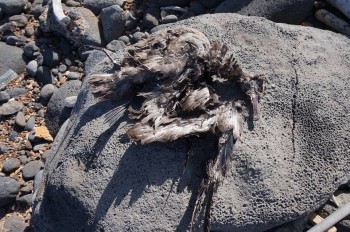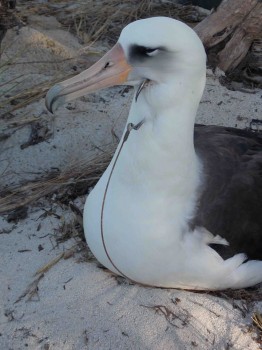Sebastián Jiménez (Proyecto Albatros y Petreles – Uruguay, Centro de Investigación y Conservación Marina, Canelones, Uruguay) and colleagues have published in the journal Emu Austral Ornithology on shy-type albatrosses Thalassarche sp. in the south-west Atlantic.
The paper’s abstract follows:
“Albatrosses are killed or injured through by-catch in longline fisheries and by collisions with warp cables in trawl fisheries. Detection of areas where albatrosses interact with fisheries is important for their conservation. Shy (Thalassarche cauta) and White-capped (T. steadi) Albatrosses are difficult to study from vessels as they are phenotypically similar. However, the two species can be identified by molecular analysis. The six-fold difference in the size of the total populations of these two species could mask by-catch of the less-abundant Shy Albatross, particularly when available sample sizes of by-catch are small. Here we document the species of a sample of 29 shy-type albatrosses killed as fisheries by-catch to confirm the observation that White-capped Albatrosses are the dominant shy-type albatross in the south-western Atlantic Ocean and exposed to the pelagic longline fishery there. Using a test based on a single nucleotide polymorphism (SNP) previously reported in the mtDNA of both species, 28 specimens were identified as White-capped Albatross. The SNP test and phylogenetic analyses suggested that the remaining bird was a Shy Albatross. Further analyses with other independent markers could confirm the identification of the latter. This result indicates the possibility that Shy Albatrosses reach the south-western Atlantic Ocean. There is no doubt that White-capped Albatrosses, which are a regular visitor to Uruguayan waters, is the predominant shy-type albatross in the south-western Atlantic. However, a small proportion of shy-type albatrosses in this region could be Shy Albatross but further analysis is needed to confirm this.”
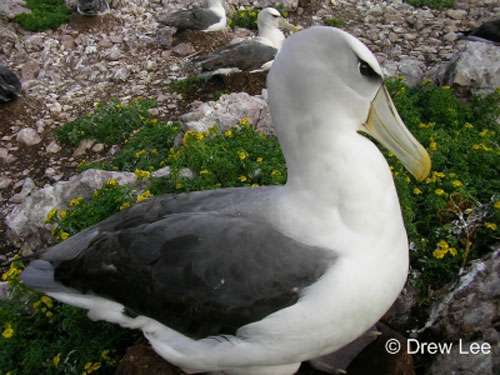
Shy Albatross, photograph by Drew Lee
Reference:
Sebastián Jiménez, Alejandro Marquez, Martin Abreu, Rodrigo Forselledo, Alfredo Pereira & Andrés Domingo 2015. Molecular analysis suggests the occurrence of Shy Albatross in the south-western Atlantic Ocean and its by-catch in longline fishing. Emu http://dx.doi.org/10.1071/MU13105.
John Cooper, ACAP Information Officer, 12 January 2015

 English
English  Français
Français  Español
Español 